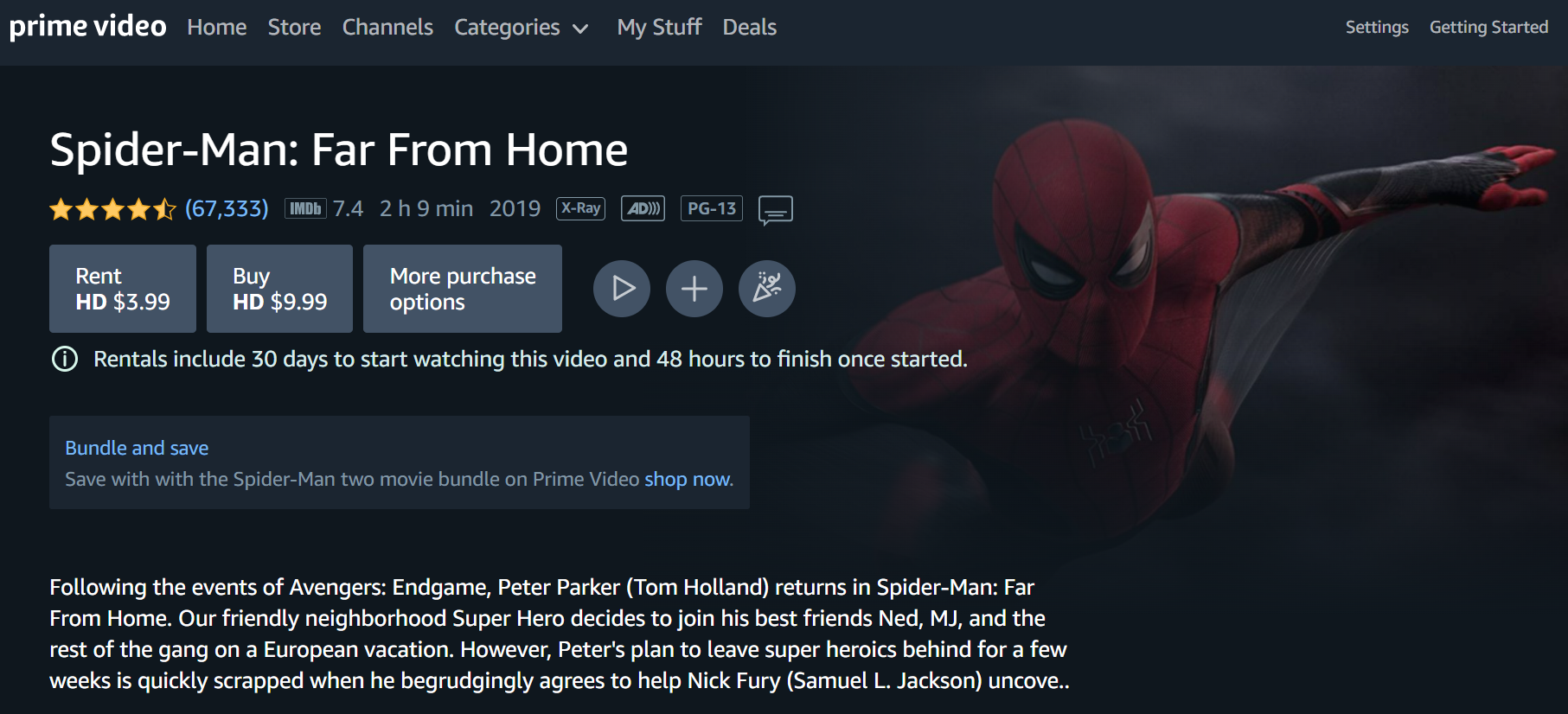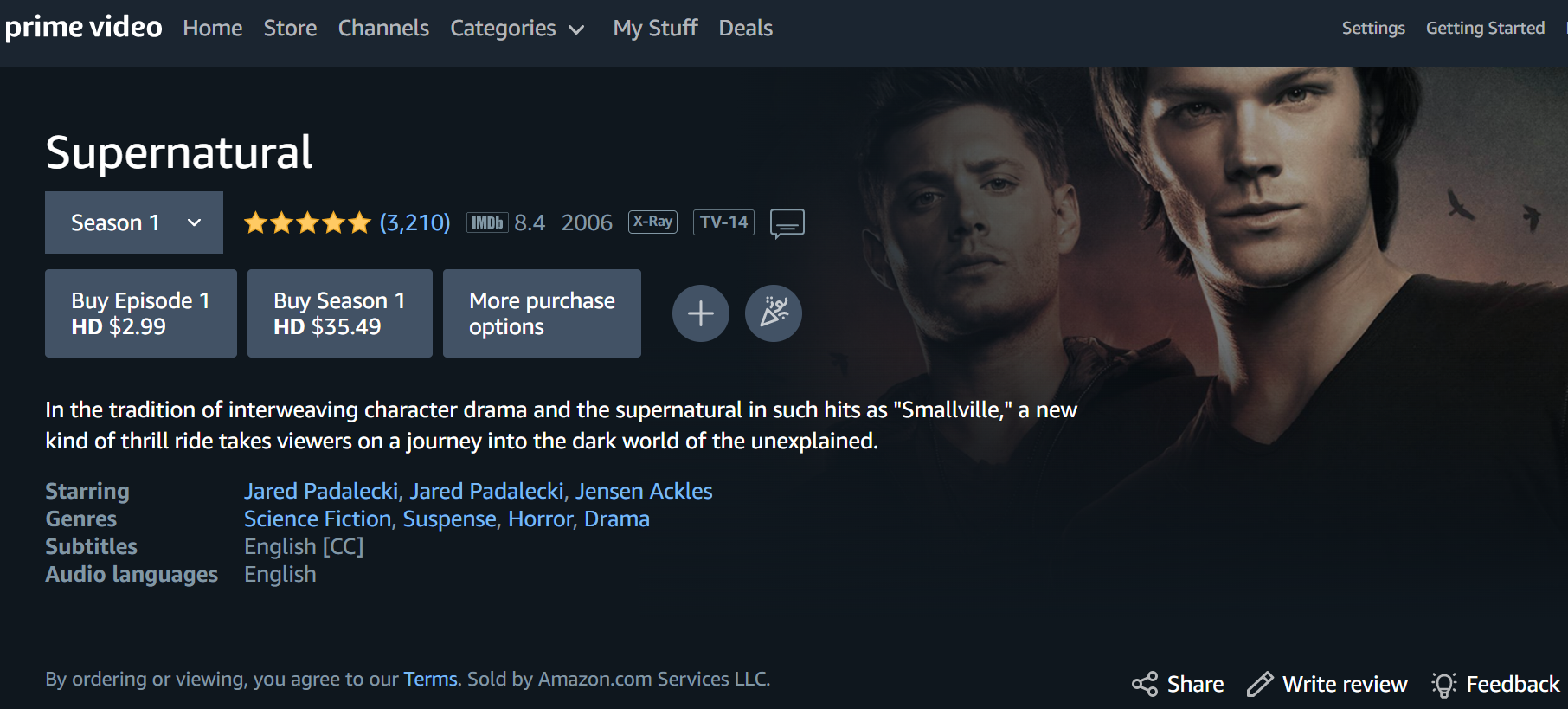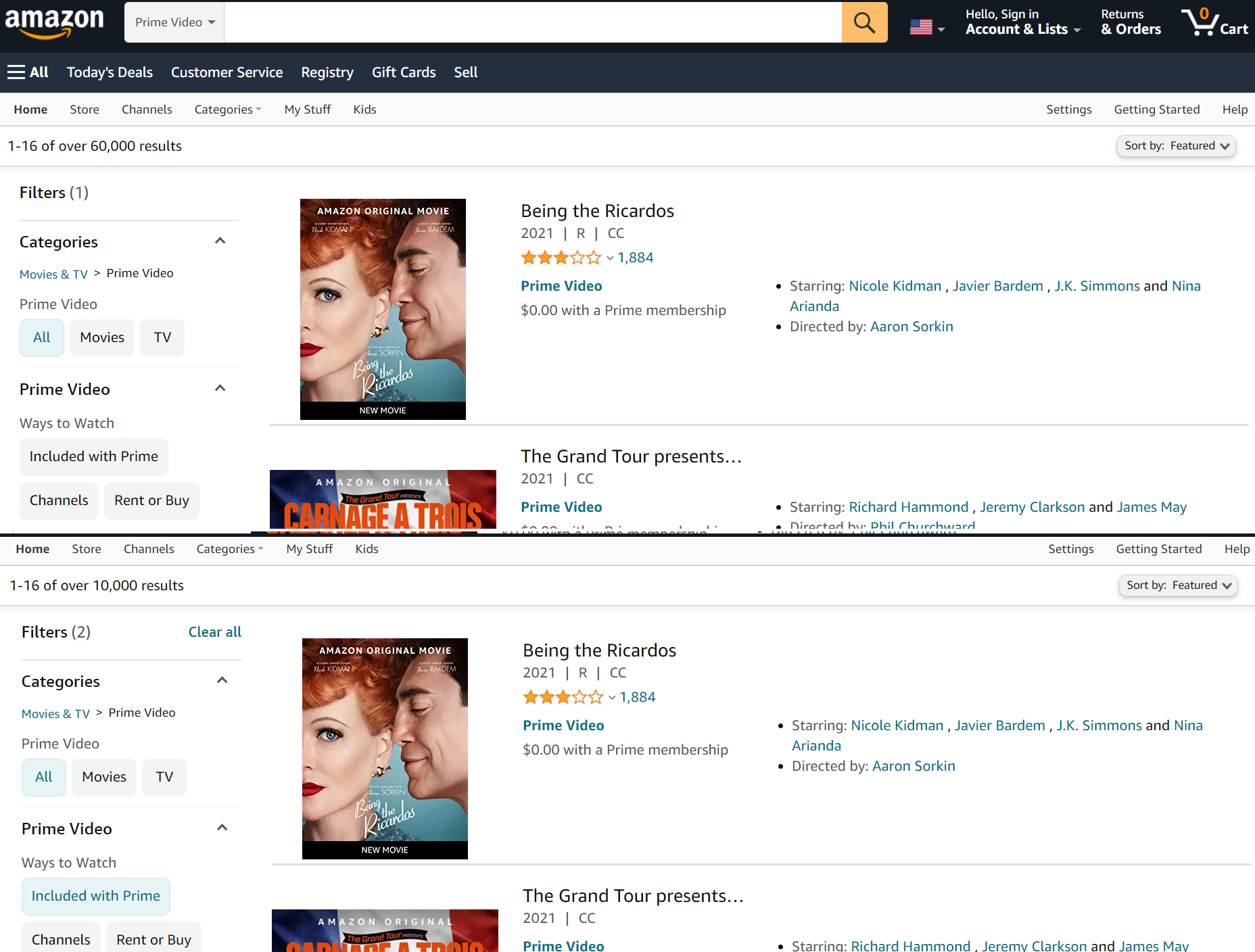Deciding Whether to Continue Amazon Prime
Amazon Prime Video is among the most recognizable streaming services available, and there's a reason for that.
It's affordable, and it comes with an extensive media library. Despite showing up on the scene after Netflix, it quickly caught up and gave the most-subscribed-to platform a run for its money.
But does Amazon apply some shady tactics when it comes to its Prime Video catalog? Does it leave something to be desired? Let's take a look at some issues with its media library.
So, What's the Problem With Prime Video?

Amazon Prime Video is among the top streaming services, and it offers a vast media library for you to enjoy. However, there's a fine print to consider. Not everything available on Amazon Prime Video is free for you to view and enjoy.
A Prime Video membership is $8.99 per month and lets you consume all the Amazon-produced shows and movies for free, as well as some other non-Amazon-produced media that's also free. But Amazon Prime Video also offers a ton of movies and shows that don't come free with your membership.
Certain content requires you to either rent or purchase it before you can view it, regardless of whether you pay $8.99 per month for the membership or not.

You'll often find titles advertised on its homepage that are not part of your subscription, like Spider-Man: Far From Home, in the image above. It costs $3.99 to rent and $9.99 to buy. And this is where the issue lies.
Renting a movie online is fantastic, but how do you distinguish between free and paid content? Why isn't it easily recognizable if something will cost you extra instead of being included with your membership fee? Why is everything lumped together by default, and you're the one responsible for figuring it out?
Why Is Prime Video's Messy Catalog a Big Deal?

Even if you decide to bite the bullet and pay to watch the features that don't come free, there's still a fine print to consider.
If you rent, which is the cheaper option than buying, you have a period of 30 days to begin watching what you rented. If you fail to do so, you lose out and have to pay for the same thing again. Once you start the viewing, you have 48 hours to finish watching, and if you don't manage to do that, you have to pay again.
Maybe you can swallow that loss when it comes to a movie since they tend to cost between $1.99 and $2.99 for the most part. But if you have your eyes on a show, it's a whole other story.

You either pay per episode or per season for a show, and prices vary wildly. Misfits requires you to pay $2.99 to view Episode 1 and $4.99 for its Season 1, and Supernatural costs $2.99 for Episode 1 and $35.49 for Season 1.
You might not think this is a big enough issue, but it is when you consider how big of a library Amazon Prime Video offers and how it decreases once you select to see only features that come included with Prime, a.k.a. free ones.
Amazon Prime Video offers 60,000 movies and shows for viewers to consume. However, when you check the box Included with Prime to narrow the search and see what you get for free, only 10,000 titles show up.

How Can Amazon Fix This Problem?
The best and easiest solution is for Amazon Prime Video to make it blatantly obvious which titles come free with the paid membership and which ones require further payment. But how?
Currently, Amazon Prime Video offers a Free to Me section, which is helpful. However, its usefulness is wholly negated when you use the search bar.
If you search for a movie or show, you'll see it appear among the results, and you'll have to click it to find out if it's free or paid. Apart from clicking it, you have no way of knowing whether it costs extra. So, Prime Video can get your hopes up and crush them in a minute.
Renting movies while they play in cinemas is incredibly convenient. For example, if you couldn't catch No Time to Die in theatres, you'll get excited to discover it's on Amazon Prime Video. However, realizing that this one is available for a hefty price of $5.99 to rent and $19.99 to buy can be a hard pill to swallow, even despite the convenience of catching it at home.

A possible remedy to what seems like trickery on Amazon's part would be to see the results of your search that are free to you appear with a gold star on them, for example. Or color-graded differently to the ones that cost extra.
That way, you'll know what you're getting yourself into right off the bat. You'll see a title on Amazon Prime Video, and you immediately register if it's free or paid without having to click on it.
Is It Okay for Amazon to Show Titles That Aren't Free?
Streaming services like Netflix may autofill the title you're searching for in the search bar, but unless it comes for free with your membership, you won't see it listed among the results. It's a much simpler way of consuming content via a streaming service—you pay a subscription fee, and you only see what you get.
Compare that to the behemoth chock-full of titles that is Amazon Prime Video, showing you every movie you can pretty much think of, regardless if it costs extra or not, and it makes you wonder.
On one hand, you get what you pay for with a single monthly fee, no more and no less. On the other, you have the option to pay extra for a title you're keen on seeing. Amazon won't charge you on its own. You have to authorize the transaction. So, which way of doing things is better?
Source: https://www.makeuseof.com/amazon-prime-video-tricking-you/
0 Response to "Deciding Whether to Continue Amazon Prime"
Post a Comment